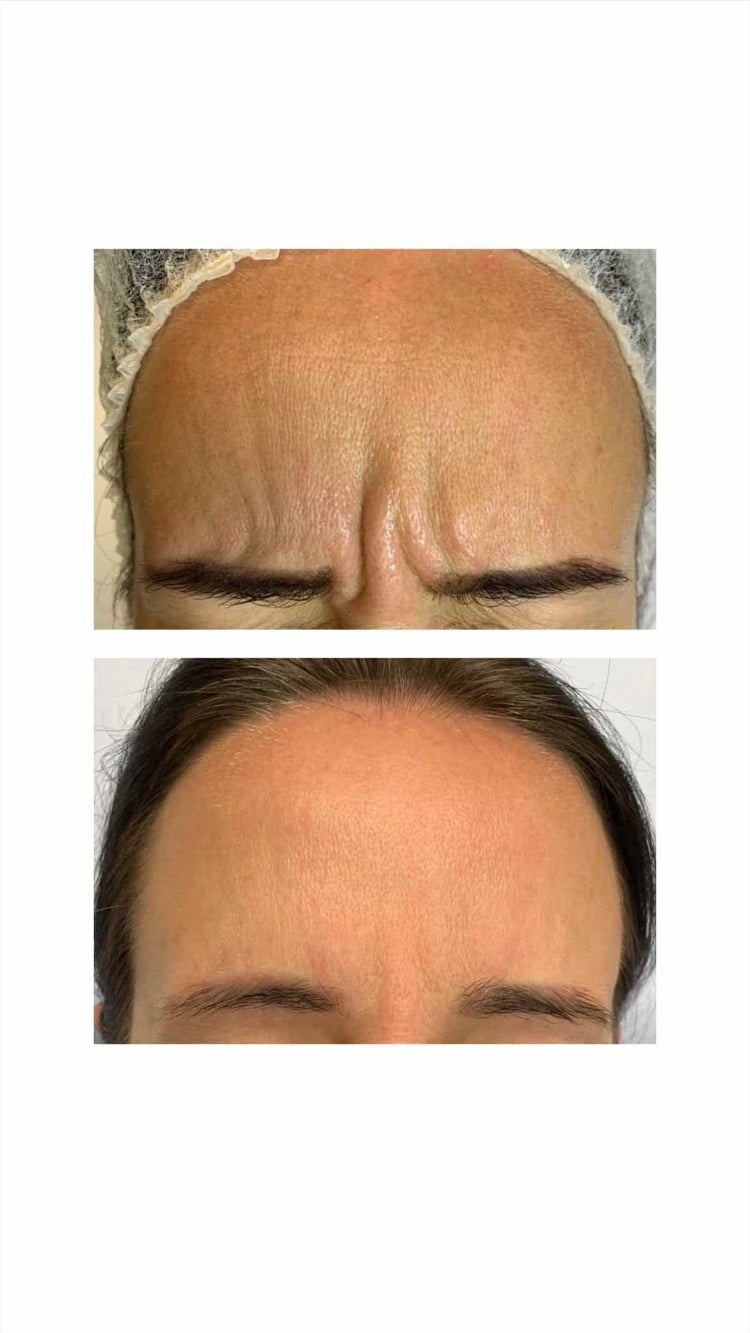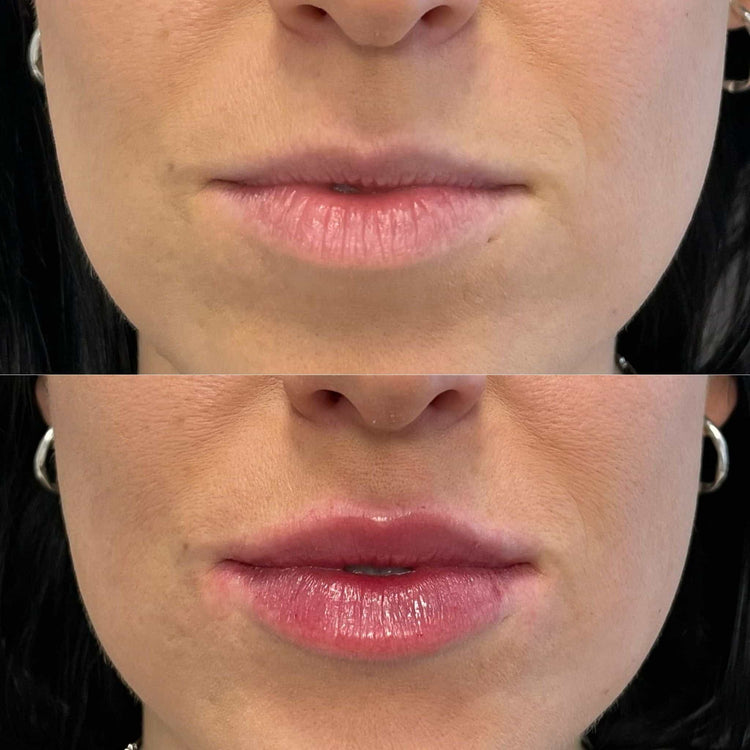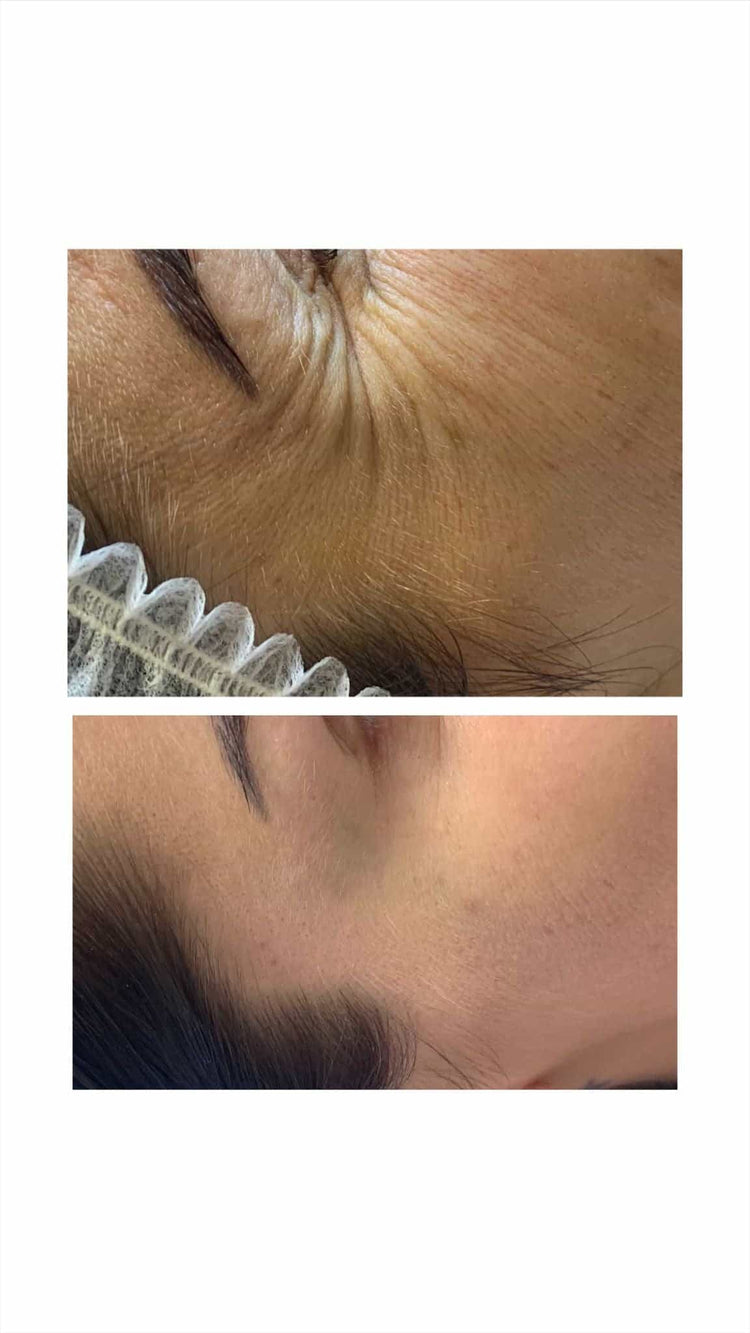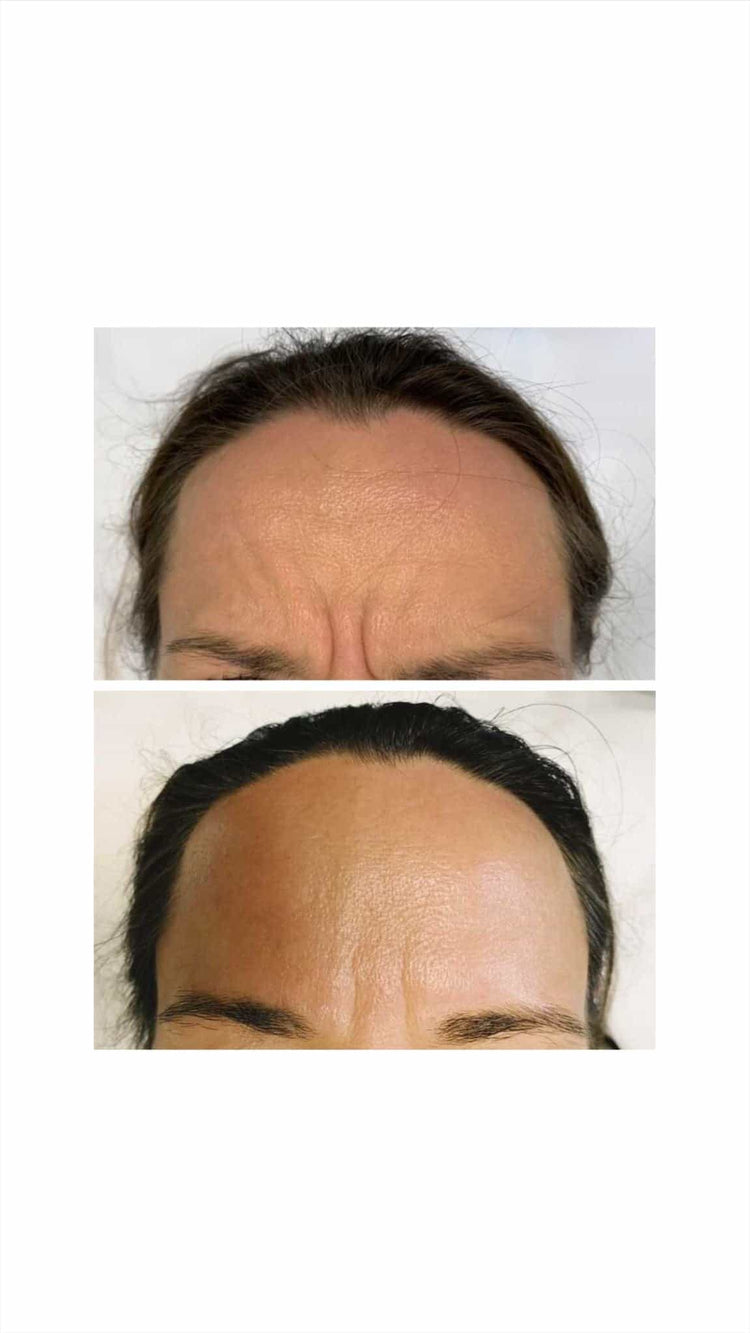Understanding Downturned Smile
A downturned smile, also known as a “frown” or “sad” smile, can impact confidence and make you appear perpetually unhappy, even when you’re feeling good. This common facial feature occurs when the corners of your mouth droop downwards, often due to muscle imbalances or underlying factors like stress.
Causes of a Downturned Smile
A downturned smile, also known as a “frown” or “sad” smile, can impact confidence and make you appear perpetually unhappy, even when you’re feeling good. This common facial feature occurs when the corners of your mouth droop downwards, often due to muscle imbalances or underlying factors like stress.

There are several reasons why someone might have a downturned smile:
- Muscle Imbalance: Certain muscles in the face, such as the depressor anguli oris (which pulls down the corners of the mouth), may be stronger than others.
- Genetics: Facial structure and muscle placement can be inherited.
- Aging: As we age, facial muscles naturally weaken and lose tone, which can contribute to a downturned smile.
- Stress and Anxiety: Emotional tension can cause the muscles in the face to tense up, leading to a frown-like expression.
Prevalence and Impact of Downturned Smiles
The impact of a downturned smile can be significant. It can affect self-esteem and make individuals feel less approachable or even perceived as grumpy or unhappy, even when they are not. This can lead to social anxiety and difficulty forming connections with others.
Understanding the prevalence of downturned smiles is important. While it’s difficult to pinpoint exact statistics, it’s considered a relatively common facial feature that can affect people of all ages and backgrounds.
Botox as a Treatment Option
A downturned smile, often referred to as a “frown” or “sad” smile, can significantly impact an individual’s confidence and overall appearance. This occurs when the corners of the mouth droop downwards, creating an expression of perpetual unhappiness even when someone is feeling positive.
How Botox Works for Downturned Smiles
Botox is a popular non-surgical treatment option for addressing downturned smiles. It works by temporarily paralyzing the muscles responsible for frowning or pulling down the corners of the mouth. By relaxing these muscles, Botox allows the smile to appear more lifted and natural.

The procedure involves injecting small amounts of botulinum toxin into the targeted facial muscles. The toxin blocks nerve signals that stimulate muscle contraction, effectively weakening the muscle’s ability to move.
Benefits of Using Botox for Downturned Smiles
Botox offers several benefits for individuals seeking to correct a downturned smile. By temporarily relaxing the muscles responsible for frowning or pulling down the corners of the mouth, Botox can significantly improve the appearance of the smile, making it appear more lifted and natural.
The results of Botox treatments are typically noticeable within a few days and can last for several months. It is important to consult with a qualified medical professional to determine if Botox is an appropriate treatment option for you and to discuss potential risks and benefits.
Procedure and Aftercare
Understanding the procedure and aftercare involved in Botox treatment for downturned smiles is crucial for making informed decisions about your aesthetic goals.
The Botox Injection Process
The Botox injection process begins with a consultation where a qualified medical professional will assess your individual needs, facial structure, and any potential concerns.
During the procedure, a small amount of botulinum toxin is injected into specific muscles responsible for pulling down the corners of the mouth. The injections are typically administered using a fine needle and cause minimal discomfort.
After the injections, you may experience some mild swelling, bruising, or redness at the injection sites. These side effects are usually temporary and subside within a few days.
Following the treatment, it is important to avoid strenuous activities or massages in the treated area for 24 hours to prevent the Botox from migrating to unintended muscles.
You can resume your normal activities immediately after the procedure. It is advisable to avoid touching or rubbing the injection sites and to use ice packs if necessary to reduce any swelling.
Most patients notice a visible improvement in their smile within a few days, with full results becoming apparent over the following week or two.
Expected Recovery Time and Downtime
The procedure involves injecting small amounts of botulinum toxin into targeted facial muscles. The toxin blocks nerve signals that stimulate muscle contraction, effectively weakening the muscle’s ability to move.

- Before the procedure, you should avoid taking aspirin or blood-thinning medications as these can increase the risk of bruising.
- On the day of your appointment, cleanse your face with a gentle cleanser and avoid makeup in the treatment area.
Expected recovery time for Botox treatment is minimal. Most patients experience only mild side effects like temporary redness, swelling, or bruising at the injection sites, which typically subside within a few days. You can resume your normal activities immediately following the procedure.
Downtime is very limited with Botox. You may choose to avoid strenuous exercise or touching the treated area for 24 hours post-procedure. Makeup application can generally be resumed the same day, though it’s best to avoid rubbing or massaging the injection sites.
Potential Side Effects and Risks
The procedure typically involves injecting small amounts of botulinum toxin into specific muscles responsible for pulling down the corners of the mouth. This helps to relax these muscles and lift the appearance of the smile.
Aftercare instructions may include avoiding strenuous activity, touching or rubbing the injection sites, and applying ice packs if needed to minimize any swelling or bruising. Most people can resume their normal activities immediately following the treatment.
Potential side effects of Botox are generally mild and temporary, such as redness, swelling, or bruising at the injection site. In rare cases, more serious side effects may occur, such as muscle weakness or drooping eyelids. It is important to discuss any concerns about potential risks with a qualified medical professional before undergoing treatment.
Finding a Qualified Practitioner in Fetcham, Surrey
Finding a qualified practitioner in Fetcham, Surrey who specializes in Botox for downturned smiles is essential for achieving desired results and ensuring safety.
Factors to Consider When Choosing a Practitioner
Consider the practitioner’s qualifications, experience, and expertise in treating downturned smiles specifically. Look for board-certified dermatologists or plastic surgeons with a proven track record of successful Botox treatments.
Check online reviews and testimonials from previous patients to gauge their satisfaction with the practitioner’s skills and professionalism.
During your consultation, discuss your concerns and desired outcomes in detail. A good practitioner will listen attentively, answer your questions thoroughly, and provide personalized recommendations based on your individual needs.
Inquire about the practitioner’s approach to treatment, including the type of Botox used, the injection technique, and any potential risks or side effects.
Ensure that the clinic adheres to strict hygiene standards and uses sterile equipment to minimize the risk of infection.
Finally, trust your instincts and choose a practitioner who you feel comfortable with and confident in their abilities.
Recommended Clinics and Practitioners in Fetcham
Finding a qualified practitioner in Fetcham, Surrey, for Botox treatment for downturned smiles is essential. Look for board-certified dermatologists or plastic surgeons with experience in facial aesthetics.

Consider checking online reviews and testimonials from previous patients to get an idea of their satisfaction with the practitioner’s work. During your consultation, discuss your goals openly and ask about the practitioner’s approach to treatment, including the type of Botox used and any potential side effects.
Ensure that the clinic follows strict hygiene practices to minimize infection risks. Choosing a practitioner you feel comfortable with is crucial for a positive experience.
Cost and Financing Options
The cost of Botox treatments for downturned smiles can vary depending on several factors, including the number of units of Botox required, the experience and location of the practitioner, and any additional fees associated with the consultation or follow-up appointments. On average, patients in Fetcham, Surrey, can expect to pay between £250 and £500 for a single treatment session.
Several financing options may be available to make Botox treatment more accessible. Some practitioners offer payment plans that allow you to spread the cost of treatment over several months.
Additionally, some clinics may accept financing through third-party lenders.
Discover safe and advanced lip injection treatments with Dr. Laura Geige at It’s Me & You Clinic
- Why Does My Lip Filler Feel Hard - November 8, 2025
- What Is The Difference Between Bisexuality And Pansexuality In Relationships? - November 7, 2025
- What Are The Best CBD Gummy Edibles For Relaxation - November 6, 2025
